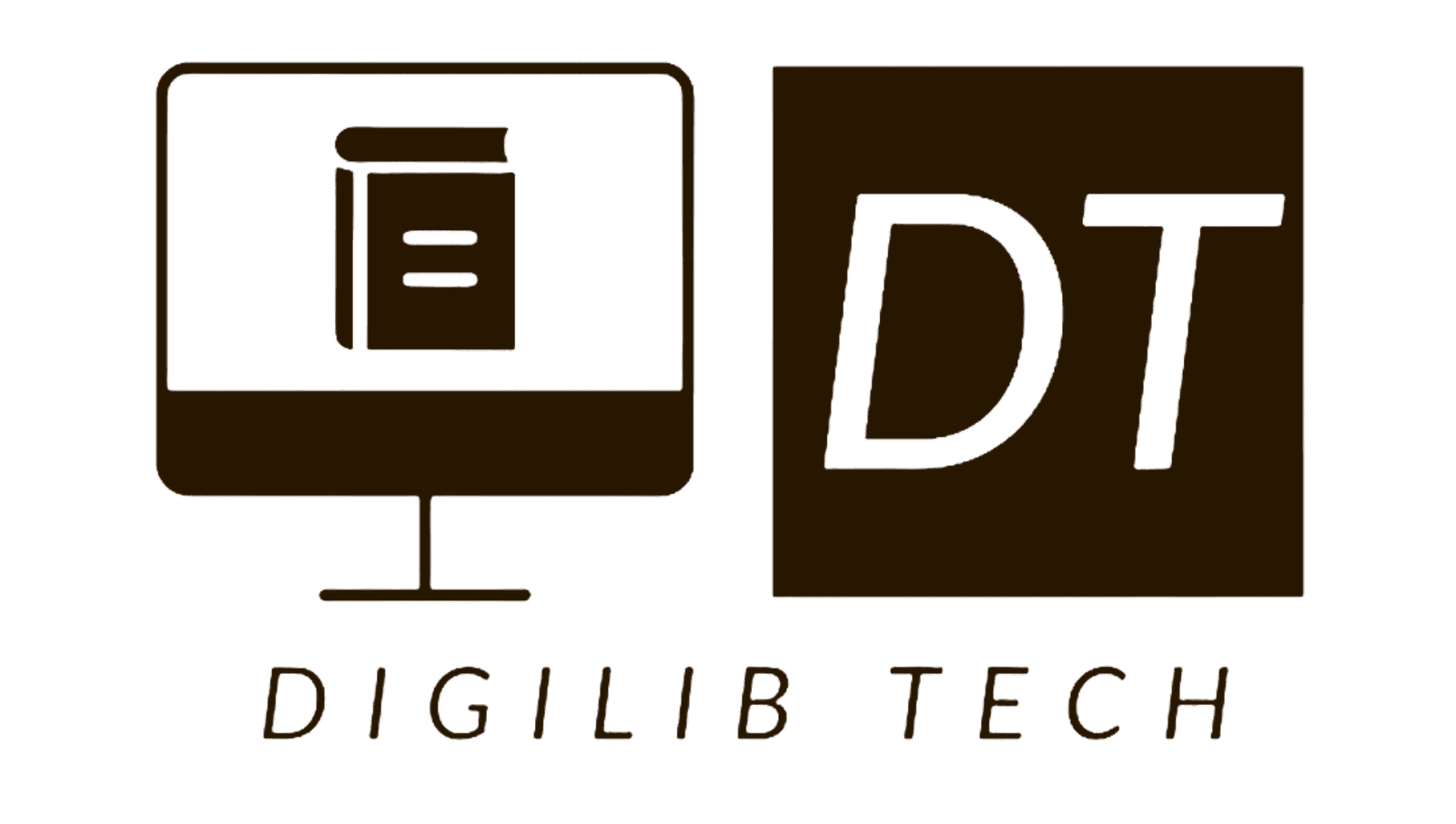Six Time-Saving Ways to Use ChatGPT, The artificial intelligence tool can be used by teachers to efficiently automate some repetitive duties.
The fastest-growing web platform ever is ChatGPT, an artificial intelligence (AI) chatbot designed to comprehend written inputs and produce material that seems human. I have been evaluating ChatGPT’s performance with dozens of typical teaching assignments for a few months. Although it isn’t flawless, the chatbot can cut down on the average teacher’s 10 hours and 40 minutes of labor each day by automating the first drafts of our most time-consuming professional writing.

I’ve broken down these tasks into the following categories in the paragraphs that follow: preparing teaching, handouts and resources, differentiation, correspondence, assessment, and writing instruction and feedback. Greetings from the revolution.
Type 1: Planning Instructions
ChatGPT’s powerful language processing and creation skills can speed up planning while creating the following assets:
- Unit outline: The AI tool can create a unit outline for any grade level, subject, or timeline when you align your output with the Common Core State Standards.
- Plans for lessons Request a lesson plan from ChatGPT on, let’s say, westward expansion. The tool assembles objectives, scaffolds, evaluations, and activities. Do you prefer problem-based learning or a flipped classroom version of that? As per your requests, ChatGPT can modify the lesson plan.
- a slide show When instructed to generate a slide show outline for any subject and grade level, ChatGPT does so with ease and can optionally include formative evaluation questions.
- I asked ChatGPT to offer a “challenging and creative approach to teaching metaphors” to students, and the tool presented an exercise involving merging student-created metaphors into original metaphors. stories communicated through visual genres (such as a comic strip, a storyboard).
- topical concision Having trouble explaining a complex concept? Request that ChatGPT “explain the topic to a first grader.” Here is how the tool explains chloroplasts in simple terms: “Chloroplasts, tiny green components found inside plant leaves, assist the plant in producing its own sustenance. They produce the food for the plant in small factories that run on water, air, and sunlight.
- Discussion starters Use ChatGPT to create thought-provoking, higher-order conversation starters for any kind of class discussion.
Type 2: Handouts and other materials
The ability to produce text for materials and handouts that specifically cater to your teaching needs is perhaps ChatGPT’s most time-saving feature. It has these capabilities:
- Create guidelines that outline the expectations for cooperative learning.
- Create assignment guidelines that include a thorough overview, evaluation criteria, information about the needed format, and work specifics.
- Make examples of math problems, chemical equations, etc. that have been solved and provided step-by-step instructions.
- Extract important and unfamiliar terminology from a chapter, then list the words together with their definitions to create a prereading or advance organizer.
- Give word puzzles, such as those utilizing ratios: ChatGPT presents the issue, the formula for resolving it, and a comprehensive breakdown of the process.
- Create a syllabus (boilerplate) that outlines the course calendar, late-work regulations, and assignment grading guidelines.
- Create question and answer flash cards.
- Create posters with brief definitions and examples that include classroom rules, the top 20 writing mistakes made by high school students, or the top 10 reasons algebra is vital for students’ futures.
Type 3: Differentiation
Do you require a choice board for an art project? And that’s it. For students who require assistance, request that ChatGPT provide a synopsis of a section, chapter, or book. The program can also be used as a text compactor, which breaks down and condenses readings after analysis. Furthermore, the AI will create diverse rubrics for an assignment, emphasizing unique expectations and levels of difficulty for each heuristic.
Type 4: Business Correspondence
By automating the creation of welcome-to-class letters, newsletter copy, requests for volunteers and donations, supply lists, grant and field trip proposals, assembly programs, and permission forms, instructors can use ChatGPT to expedite contact with parents, coworkers, and administrators.
Type 5. Assessment
Teachers can utilize ChatGPT to swiftly produce a range of assessment products with strict control.
- Tests: Request that ChatGPT create tests on particular subjects using any style of question structure. The AI will generate a test bank and answer key if you paste a passage into the chatbot or specify the author, title, and chapter of a well-known work of literature.
- Rubrics: For every kind of student performance, ChatGPT will create a rubric. Examples include analytical, holistic, and developmental rubrics as well as rating scales, depending on the needs of the user.
- Lists: The application can create an observation checklist to track a student’s progress in terms of their intellectual, social, emotional, and physical development.
- Comprehension tests: ChatGPT may generate a Cloze comprehension exam in which words are deleted from a passage and the reader is asked to fill in the gaps to assess their understanding of the passage’s major ideas, vocabulary, and sentence structure.
TYPE 6: Writing Instructions and Feedback
Teachers can help their students develop their writing skills with the help of ChatGPT’s tools and features.
Generator of prompts: The program can generate writing prompts for any genre and includes a rubric.
Essay enhancement: Submit chunks of student writing to ChatGPT, and it will make suggestions for improvement.
When students commit grammar mistakes, teachers can ask ChatGPT to define, characterize, and suggest ways to rectify the fault, as well as provide examples.
While ChatGPT enhances our pedagogy and automates ordinary chores, its worst flaw is easiest to overlook: the program always sounds authoritative, even when propagating false knowledge. Erroneous and refined bloviation can also be found in human communication. Nonetheless, before AI-generated content reaches students, it must be checked for accuracy and usefulness.
Another weakness is the chatbot’s prose. Without explicit user instructions, it comes across as canned, as if written by an algorithm, when uplifting, enlightening, and empowering children and school stakeholders requires correspondence that sounds like you, not Wikipedia. To use ChatGPT properly, keep in mind that its compositions and curriculum are always first drafts.













